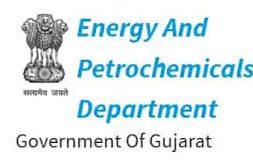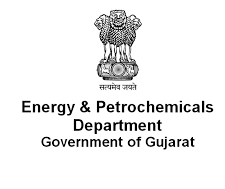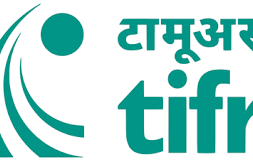
Startup will store energy by forcing compressed air in a defunct zinc mine
The adiabatic process will be built with AUD $9 million in government-funded grants.
An energy storage startup called Hydrostor is planning to build an Advanced Compressed Air Energy Storage (A-CAES) project in Australia, using an out-of-operation underground zinc mine as a container for the compressed air.
Hydrostor announced its plans this week after being awarded AUD $9 million (USD $6.4 million) in grants from Australian government institutions.
Compressed air energy storage (CAES) is a sort of physical battery (as opposed to a chemical battery) that uses excess electricity to compress air. The compressed air is stored in a tank, in a balloon, or in an underground cavern. When more electricity is needed, the compressed air is heated, which drives a turbine as it expands.
Ideally, this allows more renewable energy to be added to a grid: for example, if there’s a lot of wind at night, when not many people are using electricity, that excess electricity can be used to run the compressor on a CAES system. The stored energy can then be used 12 hours later when the wind dies down.
Traditional CAES usually can’t be carbon-neutral because it uses natural gas to heat up that compressed air. However, this setup uses significantly less natural gas than simply adding another gas turbine to the grid, so traditional CAES is seen as a way to reduce carbon emissions on the grid.
Hydrostor’s A-CAES system, notably, is able to retain the heat that’s removed from the ambient air as it’s being compressed. The so-called adiabatic system stores that heat separately from the compressed air, and when it’s time to put electricity back on the grid, the compressed air is warmed up using that stored heat.
Second life for a zinc mine
The project that Hydrostor announced this week is relatively small, with a power rating of just five megawatts (MW) and a discharge duration of two hours (for 10 megawatt-hours). But A-CAES systems are extremely rare, and this project, which is projected to be complete in 2020, could pave the way for larger such projects.
This particular project will be built at the Angas Zinc Mine, outside of Adelaide in South Australia. The facility will compress air and inject it into the mine, using a column of water to hold the air in place. “During charging, compressed air displaces water out of the cavern up a water column to a surface reservoir,” a press release from Hydrostor states. “During discharge, water flows back into the cavern forcing air to the surface under pressure where it is re-heated using the stored heat and then expanded through a turbine to generate electricity on demand.”
Alex Fuentes, Hydrostor’s vice president of business development and marketing, told Ars in an email that “the project was sized to utilize the full underground void space available at the Angas mine at the required depth, without undertaking any additional mining to increase storage volume, thereby minimizing costs.”
Money is the sobering part
Of course, CAES systems aren’t cheap. Few have been built to date, and economies of scale may seem far-fetched at this point.
Hydrostor has several projects in the pipeline, but so far it has only one facility operating and sending electricity to a grid. That project was commissioned in 2015 in Toronto, Canada.
Additionally, the grants that Hydrostor has received don’t cover the whole cost of building the system. “The grants cover a portion of the total project costs, with the remainder supplied by Hydrostor,” Fuentes told Ars.
A storage company seeking financing for an unconventional battery could do worse than to choose Australia as the site for that battery. The country, especially the state of South Australia, has suffered devastating heat waves in recent years, and officials are eager to invest in cutting-edge storage technology. In addition, there’s precedent: Tesla’s massive South Australia battery has been making a tidy chunk of cash for the wind farm it’s paired with, and the Australian Energy Market Operator (AEMO) recently praised these batteries for being able to deliver immediate frequency regulation to the Australian grid in a way that was superior to traditional frequency services from fossil fuel-driven turbines.
AEMO even released a report last year saying it was open to possibly improving how energy storage providers are compensated, considering that energy storage generally delivers power more quickly than fossil fuel-powered turbines. (However, A-CAES is also turbine-driven, so it’s unclear whether such a system would have the same kind of speed advantages over natural gas turbines that chemical batteries do.)
But Hydrostor’s ambitions for the Angas Project are lofty. Angas will be a “showcase facility for A-CAES technology,” Fuentes said, and Hydrostor thinks this technology has a future in converting so-called “brownfield sites,” like retired mines and wells, “into clean energy hubs.”














